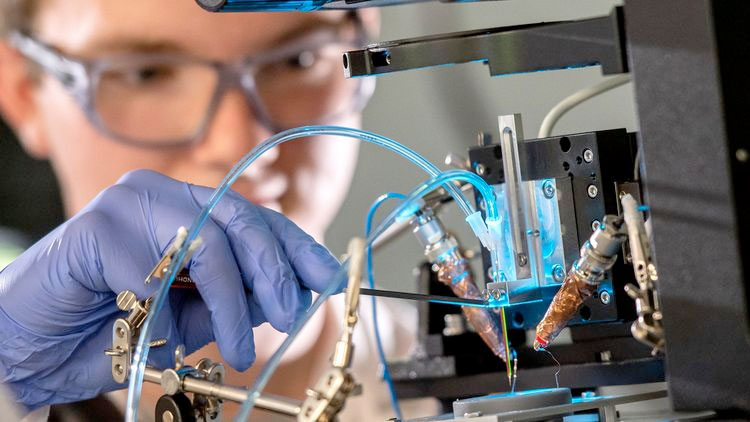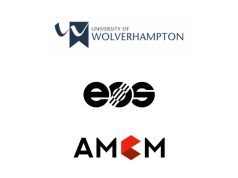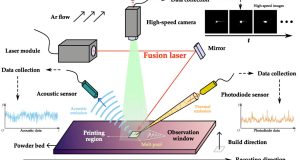A team led by chemist Dmitry Momotenko from the University of Oldenburg has developed a new 3D printing technique for extremely small metal objects. They aim to produce battery electrodes with significantly enlarged surfaces to drastically reduce charging times.
The researchers use a technique in which they print tiny, three-dimensional structures from metal with the help of very small nozzles. This method is designed to push the technological boundaries of 3D printing by “assembling objects atom by atom.” For metal structures in particular, this technique opens up numerous applications, for example in microelectronics, nanorobotics, sensor technology and battery technology.
However, 3D printing technology encounters difficulties when it comes to producing tiny metal parts. Often, the structures produced are too large for certain applications or cannot be manufactured with the required purity. To overcome these challenges, the researchers built and programmed their own 3D printer based on the electroplating process – a branch of electrochemistry in which metal ions in a salt solution are brought into contact with a negatively charged electrode and converted into neutral metal atoms.
Using the newly developed technique, the researchers have so far been able to produce copper pillars with a diameter of 25 nanometers, reducing the range of 3D metal printing to less than 100 nanometers for the first time. Their ultimate goal, however, is to develop batteries that can be charged thousands of times faster than current models. This would require giving the electrodes a three-dimensional surface structure to drastically shorten the path of the ions during charging.
Despite the promising results, the researchers face major challenges. For one thing, they need to figure out how tiny impurities within the protective atmosphere created during the printing process affect the printed structures. For another, they need to find ways to dissipate the heat generated when batteries are charged in seconds and make the printing technology usable for large batteries. Despite the complexity of these tasks, the scientists believe they are well equipped and that their approach of electrochemical 3D printing of metals is currently the only way to realize nanostructured electrodes and test the concept.
Subscribe to our Newsletter
3DPResso is a weekly newsletter that links to the most exciting global stories from the 3D printing and additive manufacturing industry.



























